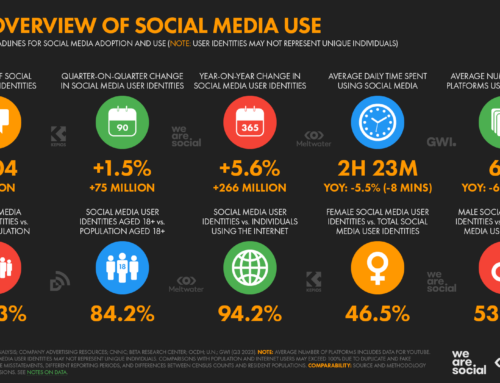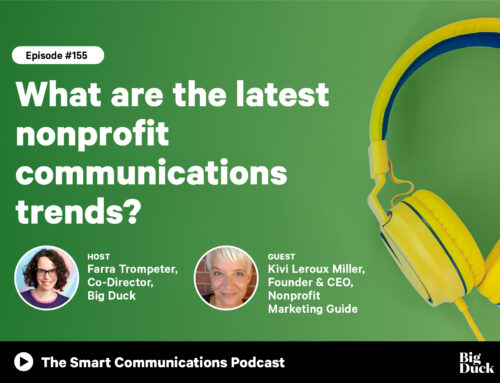Today I’m live blogging parts of the 2011 Millennial Donor Summit, a virtual conference.
This session is called the Microvolunteering Revolution, presented by Jacob Colker of Sparked.com (@jacobcolker on Twitter)
Most volunteering still happens offline, of course, but there are significant barriers to it. It can be hard to find the right opportunity, you might have to be interviewed, you have to schedule it, get there, etc. Sometime you enjoy it, sometimes you don’t. Nonprofits often have a hard time taking advantage of skills like marketing, or languages, in the offline volunteer model.
73% of Americans don’t volunteer, often because it’s just too time-consuming or the opportunities don’t fit into their overbooked schedules. But the reality is we all have lots of spare time — but it comes in chunks of minutes here and there, not big blocks of time we could schedule to meet in person with a nonprofit. Think of all that time watching YouTube videos, for example. There’s great skilled help out there — writers, translators, designers, marketers, IT, etc. — but the cost of in-person volunteering to skilled professions is too high.
What if you could take 30 minutes on your own schedule though?
That’s the idea behind Jacob’s company, Sparked.com. Nonprofits post “challenges” and microvolunteers accept them. Big companies are partnering with them to offer their skilled employees (e.g. LinkedIn employees will help with social media problems, for example). This is a worldwide service, so you can tap into experts from around the globe. Same goes for nonprofits — you can help nonprofits all over the world too. The service is free for nonprofits; they get paid by corporations who want their employees to be able to participate as experts, and they have a unique experience on the site that the public doesn’t see.
Ronald McDonald House in Cincinnati used Sparked.com to get documents translated into Arabic. They got about $1500 of translation services for free. One volunteer did the translation, and two others verified it. Surfrider Foundation got their business cards redesigned. The Chimpanzee Sanctuary Northwest had their website hacked and as a result pulled from Google’s search results. Volunteers helped them figure out why they kept getting hacked and fixed the problem. More examples here.
Jacob says letting employees do microvolunteering on the job helps them feel better about work — it’s almost like a break. The site is very social, with commenting and rewards built in. Multiple volunteers can be working together on the same challenge, much like you have multiple people commenting on a thread in Facebook. It’s interactive and collaborative.
Jacob does wish nonprofits would be a little more engaging with the system. A nonprofit asked for design help, and a volunteer did this great job for them, and the nonprofit didn’t respond. Turns out the staff person posted the challenge and then went on vacation! Be there, and be responsive with your challenges and the volunteers that take it on.
Individual staff members in a nonprofit can post challenges and have those accounts linked, so your development, program, and IT people can all post challenges. They have also just launched a local element, so volunteers can connect with local nonprofits and vice versa if that’s important. They are also partnering with Network for Good, so a fundraising element will be added to the site, but the volunteering is the core.
A few more tips from Jacob . . .
- Don’t post massive requests, like “build us a website,” however. Break it down into two-hour chunks of work, at most.
- Think creatively about ways to use this kind of talent. Ask them to vet a proposal or design before you pay a consultant big bucks to implement it, for example.
- Use Sparked.com in concert with Twitter and Facebook fans. You have these people who love you already, so let them know about your challenges.
- Don’t share really sensitive login information in challenges.
Some additional blog posts from other MDS11 bloggers . . .
10 Absolutely Essential Truths about Social Media by Katya Andresen
Live blogging from the 2011 Millennial Donor Summit: Successfully Going Mobile by Amy Sample Ward
What I learned about Trust in 10 minutes from @Julien at #MDS11 by Nonprofit Nate

![12 Things You Can Stop Doing Right Now [Infographic]](https://www.nonprofitmarketingguide.com/wp-content/uploads/2025/01/Stop-Doing-2025-Info-hung-up-500x383.png)




